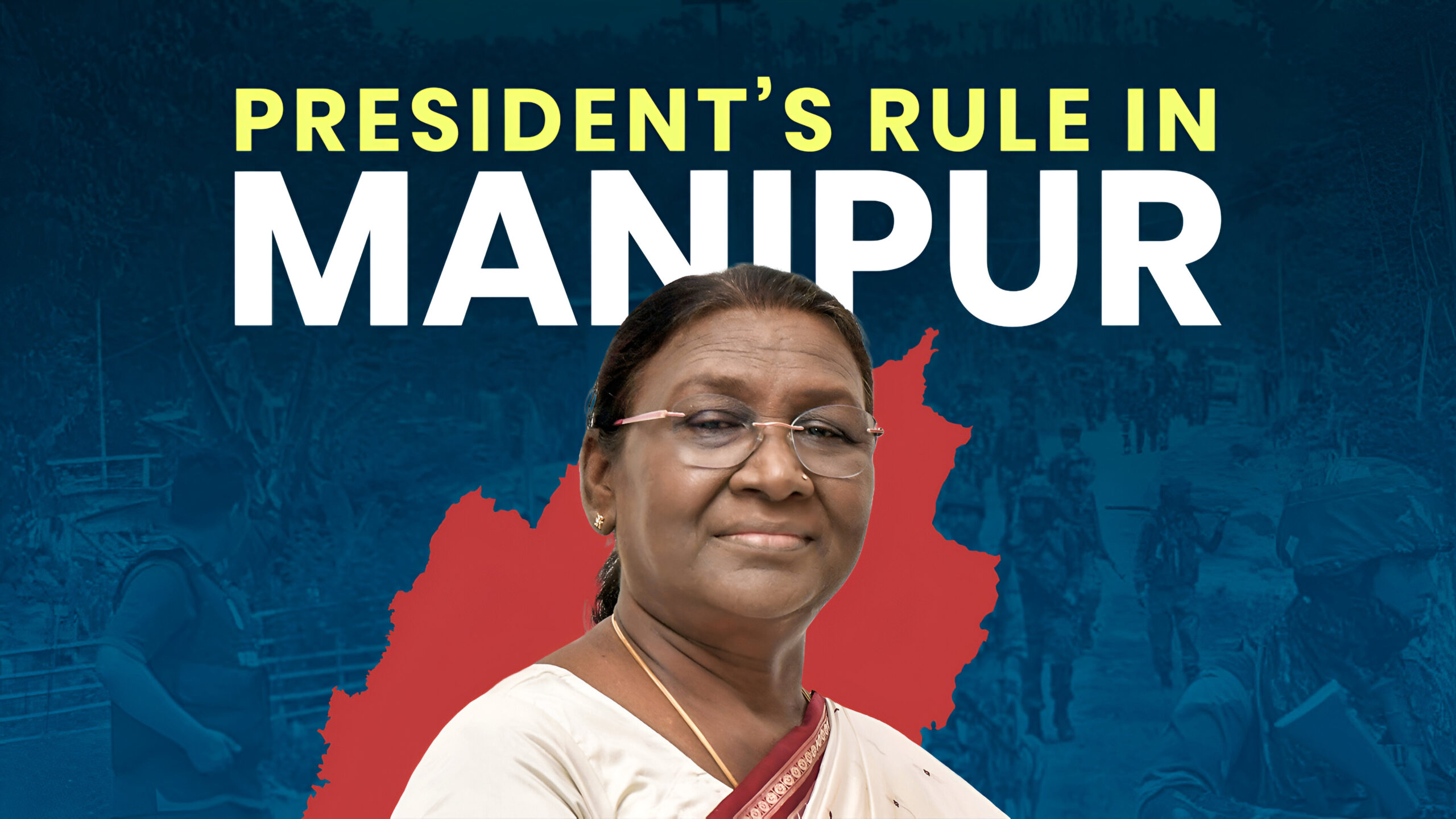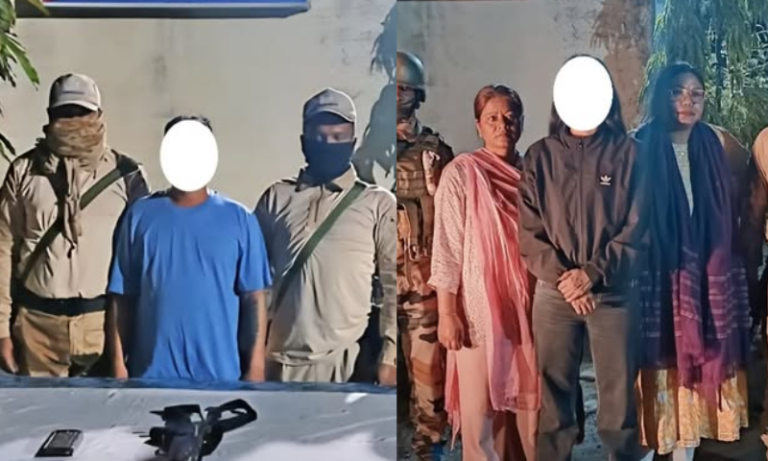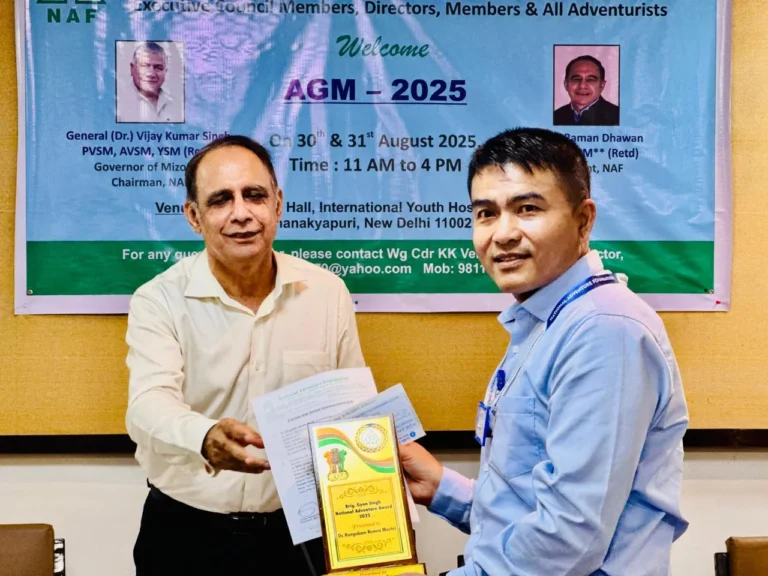Lok Sabha Confirms President’s Rule in Manipur Amid Ongoing Ethnic Strife
In a significant move, the Lok Sabha has adopted a statutory resolution confirming the imposition of President’s Rule in Manipur. This decision follows the resignation of Chief Minister N. Biren Singh on February 9, 2025, amid escalating ethnic violence between the Meitei and Kuki communities. The central government invoked Article 356 of the Constitution on February 13, 2025, to assume direct control of the state’s administration.
Understanding President’s Rule in the Indian Context
President’s Rule, as delineated in Article 356 of the Indian Constitution, empowers the central government to take direct control of a state’s administration when the state government is deemed incapable of functioning according to constitutional provisions. During this period, the state’s executive authority is vested in the President, who exercises it through the centrally appointed Governor. This mechanism is designed to ensure governance continuity in situations where the state’s constitutional machinery has failed.
The Catalysts for President’s Rule in Manipur
The imposition of President’s Rule in Manipur was precipitated by a series of tumultuous events:
- Escalating Ethnic Violence: The state has been marred by violent clashes between the Meitei and Kuki communities. The unrest intensified following a rally by the All Tribal Students Union of Manipur (ATSUM) on May 3, 2023, leading to widespread violence and necessitating the deployment of paramilitary forces to restore order. NewsX World
- Political Instability: Chief Minister N. Biren Singh resigned from his position on February 9, 2025, amid mounting pressure and criticism over his handling of the crisis. His resignation created a leadership vacuum, further complicating the state’s governance during a critical period. NewsX World
Parliamentary Proceedings and Reactions
The confirmation of President’s Rule in Manipur was met with varied reactions in the Lok Sabha:
- Government’s Stance: Union Home Minister Amit Shah asserted that there had been no violence in Manipur for the past four months and stated that the situation was under control. He emphasized the government’s commitment to restoring normalcy in the state. NewsX World
- Opposition’s Concerns: Opposition leaders expressed dissatisfaction with the timing and manner of the discussion. Congress leader Shashi Tharoor questioned the decision to address the Manipur issue at 2 a.m., highlighting concerns about the erosion of public trust in the state’s governance. Similarly, DMK MP Kanimozhi criticized the government for scheduling the discussion in the middle of the night, suggesting it reflected a lack of regard for the people suffering in Manipur.
Historical Precedents of President’s Rule in Manipur
Manipur has experienced President’s Rule on multiple occasions since its statehood. The recurring imposition of central rule underscores the state’s ongoing challenges in maintaining stable governance and addressing deep-seated ethnic tensions.
Implications and the Path Forward
The imposition of President’s Rule in Manipur carries significant implications:
- Administrative Oversight: The central government’s direct control aims to stabilize the region and address the immediate administrative challenges. The Governor, acting on behalf of the President, is tasked with restoring law and order and facilitating the return to normalcy.
- Ethnic Reconciliation: Long-term peace in Manipur hinges on addressing the underlying causes of ethnic discord. Initiatives promoting dialogue, mutual understanding, and equitable development among all communities are essential to prevent future conflicts.
- Democratic Restoration: While President’s Rule is a constitutional provision, it is inherently a temporary measure. Efforts must be directed toward conducting free and fair elections to establish a democratically elected government that reflects the will of Manipur’s people.
Conclusion
The confirmation of President’s Rule in Manipur by the Lok Sabha reflects the gravity of the state’s current crisis. While this measure seeks to provide immediate stability, sustainable peace and development require a concerted effort to address the root causes of ethnic tensions and political instability. The path forward must prioritize inclusive dialogue, equitable development, and the restoration of democratic governance to ensure a harmonious and prosperous future for Manipur.NewsX World
FAQs
- What led to the imposition of President’s Rule in Manipur?
- The imposition was primarily due to escalating ethnic violence between the Meitei and Kuki communities and the subsequent resignation of Chief Minister N. Biren Singh, which created a governance vacuum.
- What is the duration of President’s Rule in a state?
- Initially, President’s Rule can last for six months. It can be extended, but the total period cannot exceed three years, subject to parliamentary approval every six months.
- How does President’s Rule affect the state’s legislative assembly?
- During President’s Rule, the state’s legislative assembly is either dissolved or suspended, and the Parliament assumes the authority to legislate for the state.
- What measures are being taken to restore normalcy in Manipur?
- The central government, through the Governor, is focusing on restoring law and order, promoting ethnic reconciliation, and preparing for the eventual restoration of democratic governance through elections.
- Has Manipur experienced President’s Rule before?
- Yes, Manipur has been under President’s Rule multiple times since attaining statehood, reflecting ongoing challenges in maintaining stable governance.





